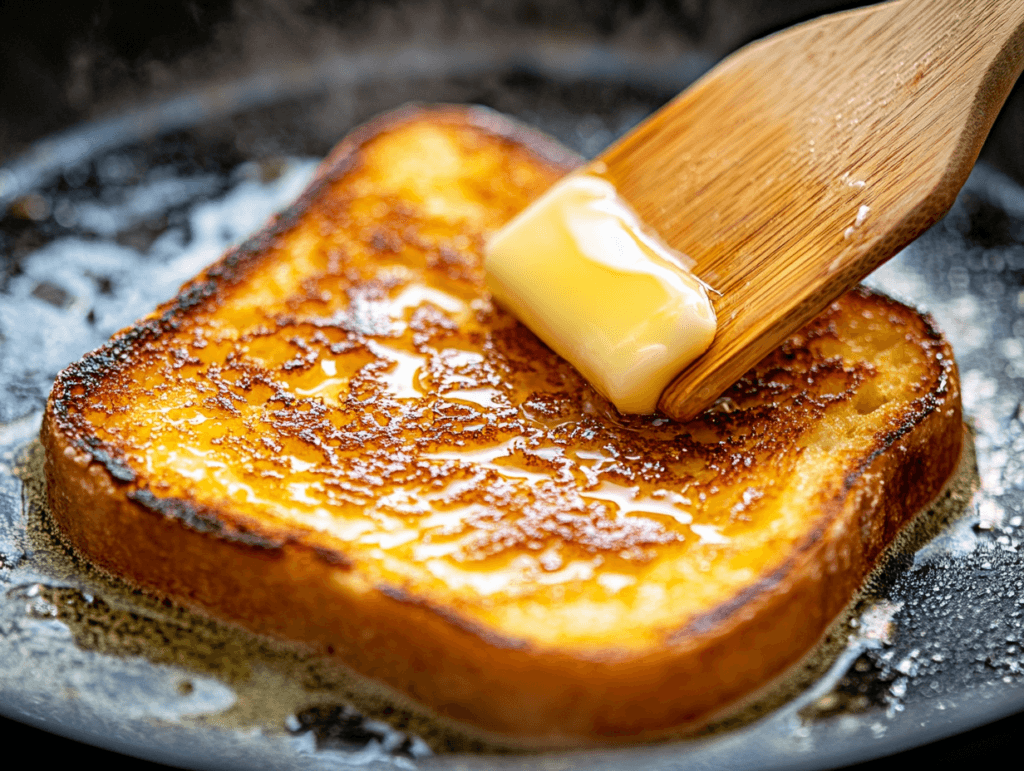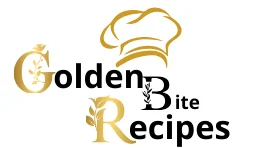Best Irish Toast Breakfast That Will Leave You Stunned
If you’re looking to jazz up your breakfast routine, Irish Toast Breakfast might just be the answer you didn’t know you needed. A delightful twist on the classic French toast, this Irish-inspired version brings a taste of tradition straight to your plate. From the unique bread choices to rich, creamy toppings, Irish toast stands out as a satisfying and heartwarming meal.
In this article, we’ll walk you through everything you need to know about Irish toast—its origins, the key ingredients, step-by-step preparation, and even creative topping ideas. Whether you’re craving something sweet, savory, or a little indulgent, there’s a version of Irish toast for everyone. Plus, we’ll explore why it’s a healthy and hearty way to kick off your day.
So, grab your favorite skillet, and let’s dive into the wonderful world of Irish toast.
So, grab your favorite skillet, and let’s dive into the wonderful world of Irish toast.
Table of contents
What Is Irish Toast Breakfast?
A Brief History of Irish Toast
While French toast is a breakfast staple worldwide, Irish toast adds its own charm with a unique twist. Rooted in Ireland’s rich culinary traditions, it often uses Irish soda bread or other rustic loaves that provide a heartier texture. Historically, bread was never wasted in Irish households. Day-old slices were repurposed into a deliciously golden meal by soaking them in a mixture of eggs, milk, and cream before frying.
Unlike its French counterpart, Irish toast focuses on simplicity and flavor rather than overly sweet embellishments. Its origins align with Ireland’s farming culture, where fresh cream, butter, and eggs were abundant, creating a dish that’s both comforting and satisfying.
How It Differs From Traditional French Toast
So, what makes Irish toast stand out? It all comes down to the ingredients and preparation. French toast typically uses soft bread like brioche or challah, whereas Irish toast often features sturdier loaves like Irish soda bread, brown bread, or even potato farls. These breads soak up the custard without falling apart, giving you a dense yet fluffy bite.
Moreover, Irish butter—known for its creamy richness—adds an unmatched depth of flavor when frying the toast. The result? A golden, crispy exterior with a soft, custardy center that melts in your mouth.
The Ingredients That Make Irish Toast Special
Choosing the Right Bread: Irish Soda Bread vs. Brioche
The foundation of Irish toast Breakfast lies in its bread, and here’s where it truly shines. Unlike typical French toast, which often uses soft, sweet bread like brioche, Irish toast embraces a heartier, rustic loaf. Traditional Irish soda bread is the star of the show. Its dense texture and slightly tangy flavor, thanks to buttermilk, make it the perfect candidate for soaking up the rich egg custard.
For a slightly softer option, you can opt for brown bread—a wholesome, grainy Irish staple. This adds a nutty undertone and pairs beautifully with creamy toppings like Irish butter or whipped cream. While brioche works in a pinch, sticking to Irish bread gives this dish its signature taste and texture.
Essential Ingredients: Eggs, Cream, and Irish Butter
What makes Irish toast Breakfast stand out isn’t just the bread but also the rich, high-quality ingredients. Start with farm-fresh eggs—they give the custard its silky consistency and golden color. Next comes the cream. Full-fat heavy cream, or even buttermilk, adds a velvety richness that ordinary milk can’t match.
And let’s not forget Irish butter—a game changer in this recipe. Known for its high butterfat content and creamy flavor, Irish butter transforms a simple toast into a buttery, golden delight. Cooked low and slow in this rich butter, each bite of Irish toast Breakfast feels indulgent yet wholesome.
Step-by-Step Guide to Making Irish Toast

Preparation: Mixing the Egg Custard
Ready to make the perfect Irish toast Breakfast? Let’s start with the custard mixture. In a shallow bowl, whisk together three large eggs, half a cup of heavy cream, a splash of vanilla extract, and a pinch of salt. For a hint of sweetness, add a teaspoon of sugar or a drizzle of honey. If you’re feeling adventurous, a dash of cinnamon or nutmeg can add extra warmth to the dish.
Cut your bread into thick slices—about 1 inch each. If you’re using Irish soda bread, slightly stale slices work best as they hold up better when soaked.
Cooking: Achieving the Perfect Golden Brown Toast
Heat a large skillet or griddle over medium heat and add a generous knob of Irish butter. Let it melt until it starts bubbling slightly—this is when you know the pan is ready.
Dip each bread slice into the custard mixture, ensuring it’s evenly coated but not soggy. Place the soaked bread on the skillet and cook for 2-3 minutes per side. The goal? A crispy, golden-brown exterior with a soft, custardy center.
Keep an eye on the heat. If the toast browns too quickly, lower the flame slightly to prevent burning. Once both sides are golden and slightly crispy, transfer the Irish toast Breakfast to a warm plate.
What to Serve with Irish Toast Breakfast
Vanilla Nut Granola Recipe : A crunchy and nutty side to add texture to your breakfast spread.
Spinach Sausage Egg Casserole Recipe : A hearty and protein-packed side dish to complement your Irish toast.
Sourdough Chocolate Chip Muffins : A sweet and tangy muffin that pairs perfectly with the richness of Irish toast.
Mary Berry Soda Bread Recipe : A traditional soda bread to enhance the Irish culinary experience.
Toppings to Elevate Your Irish Toast Breakfast
Traditional Toppings: Honey, Jam, and Fresh Cream
When it comes to serving Irish toast Breakfast, traditional toppings bring out its authentic flavors. A simple drizzle of honey or golden syrup adds a natural sweetness that pairs beautifully with the rich custard and hearty bread. For a fruity twist, try spreading a generous layer of Irish jam—blackcurrant, strawberry, or marmalade are popular choices.
Another classic addition is fresh cream. Lightly whipped cream, preferably without added sugar, balances the richness of the toast while providing a soft, melt-in-your-mouth texture. Pairing these toppings with Irish toast Breakfast creates a breakfast that’s both indulgent and comforting.
Modern Twists: Whiskey Syrup and Caramelized Bananas
If you want to take Irish toast Breakfast to the next level, consider some modern and creative toppings. Whiskey syrup—made by combining Irish whiskey, sugar, and butter—gives your toast a bold, sophisticated flavor with a hint of caramel.
For a sweet and decadent option, try caramelized bananas. Simply fry sliced bananas in Irish butter with a touch of brown sugar until golden and soft. The result? A sweet and buttery topping that pairs perfectly with the dense, custardy toast. Finish it off with a sprinkle of toasted nuts or a dusting of powdered sugar for an Instagram-worthy breakfast.
Irish toast is all about versatility. Whether you keep it classic or experiment with creative toppings, this dish will always bring something special to your morning table.
Health Benefits of Irish Toast Breakfast Ingredients
Nutritional Value of Eggs and Cream
Despite its indulgent reputation, Irish toast Breakfast can be a surprisingly wholesome meal when made with quality ingredients. Eggs, the backbone of the custard mixture, are packed with protein, vitamins, and minerals. They’re an excellent source of B vitamins, which boost energy, and choline, essential for brain health. Combined with full-fat cream, they provide a good balance of healthy fats and essential nutrients.
While cream adds richness, it also offers a source of calcium and fat-soluble vitamins like A and D. Using natural sweeteners like honey instead of refined sugar can further enhance the nutritional profile of your Irish toast.
Why Irish Butter Stands Out in Taste and Quality
One standout ingredient in Irish toast Breakfast is, of course, Irish butter. What makes it so special? Unlike regular butter, Irish butter contains a higher percentage of butterfat and is made from the milk of grass-fed cows. This results in a creamier texture, richer flavor, and a higher concentration of healthy omega-3 fatty acids.
Moreover, Irish butter is a natural source of butyrate, a fatty acid linked to improved gut health. Combined with nutrient-dense bread like Irish soda bread, this breakfast dish is far more satisfying and nutritious than you might expect.
For more hearty and wholesome breakfast ideas, check out Easy French Toast Casserole for another delicious variation of a breakfast classic.
Popular Variations of Irish Toast
Savory Irish Toast: Cheese and Herbs
While most people think of Irish toast as a sweet breakfast dish, it can also be served as a savory option. Imagine crispy, golden toast topped with melted Irish cheddar and a sprinkle of fresh herbs like parsley or chives. To prepare, skip the sugar in the custard mixture and add a pinch of salt, black pepper, and even a dash of garlic powder for extra flavor.
After frying the toast to golden perfection, top it with shredded Irish cheddar and let it melt under the broiler for a minute or two. Serve it alongside poached eggs or smoked salmon for a complete and satisfying savory breakfast.
Vegan and Gluten-Free Alternatives
For those who prefer a plant-based or gluten-free version, Irish toast can be easily adapted without sacrificing flavor. Use gluten-free soda bread or a dense gluten-free loaf as a substitute. Instead of eggs and cream, prepare the custard using a mixture of almond milk, coconut cream, and a flaxseed “egg” (1 tablespoon ground flaxseed mixed with 3 tablespoons water).
Cook the toast in vegan butter or coconut oil to maintain its signature crispiness. Top it with fresh berries, maple syrup, or even a sprinkle of toasted coconut for added texture. With these simple adjustments, everyone can enjoy a slice of this classic breakfast, no matter their dietary preferences.
Why Irish Toast Is Perfect for Breakfast
Quick and Easy to Prepare
One of the best things about Irish toast is that it’s quick and easy to prepare. You don’t need fancy equipment or hard-to-find ingredients. In less than 20 minutes, you can have a satisfying, restaurant-quality breakfast on your table. The custard mixture comes together with just a whisk, and the bread cooks up beautifully in a skillet with a little Irish butter. It’s the perfect solution for busy mornings when you want something special without the hassle.
A Filling and Wholesome Start to Your Day
Unlike sugary cereals or pastries, Irish toast offers a more balanced and filling breakfast option. The combination of eggs, cream, and hearty bread provides a good mix of protein, healthy fats, and carbohydrates to keep you full and energized throughout the morning.
Plus, its versatility makes it suitable for any mood. Craving something sweet? Top your toast with honey, fresh fruit, or whipped cream. Prefer a savory meal? Melt some cheese and add herbs for a hearty twist. No matter how you serve it, Irish toast delivers flavor, comfort, and nutrition in every bite.
For more delicious breakfast ideas, check out our Easy French Toast Casserole.
The Irresistible Charm of Irish Toast Breakfast
Irish Toast Breakfast is more than just a meal—it’s a delightful blend of tradition, taste, and versatility. With its unique use of hearty bread, rich Irish butter, and indulgent toppings, it transforms the ordinary breakfast into an extraordinary experience. Whether you prefer a sweet twist with honey and cream or a savory approach with melted cheese and herbs, there’s a version for every palate.
Not only does Irish toast satisfy your taste buds, but it also provides a wholesome and energizing start to your day. Quick to prepare and endlessly customizable, it’s the perfect option for a busy morning or a weekend treat.
So, the next time you’re in the mood to elevate your breakfast game, give Irish toast a try. You’ll discover a comforting dish that brings a touch of Ireland’s culinary charm straight to your plate. Enjoy!
Let me know if you’d like further assistance!

